Crafting Custom Solutions for Optimal Filtration
Water is essential for life, but it can also be a source of harmful contaminants. That’s why it’s so important to test your water to determine its quality and identify any potential health risks.
Water testing can reveal the presence of contaminants such as bacteria, heavy metals, and chemicals. These contaminants can come from a variety of sources, including industrial pollution, agricultural runoff, and aging infrastructure.
By testing your water, you can get a clear picture of its quality and make informed decisions about how to protect your health. If you’re concerned about the quality of your water, don’t hesitate to contact a water treatment professional for testing and advice.
Table: Common Water Contaminants and Their Health Effects
| Contaminant | Health Effects |
|---|---|
| Bacteria | Diarrhea, vomiting, cramps |
| Lead | Developmental delays, learning disabilities |
| Mercury | Nervous system damage, kidney damage |
| Arsenic | Cancer, heart disease |
| Nitrate | Birth defects, blue baby syndrome |
Choosing the Right Filtration Method ### Factors to Consider
Selecting the ideal filtration method for your water system is crucial. Consider the following factors:
- Contaminant Removal Efficiency: Determine the specific contaminants you need to remove. Different filtration technologies vary in their effectiveness against different contaminants.
- Cost: Evaluate the upfront and ongoing costs associated with each filtration method. Consider the cost of filters, maintenance, and energy consumption.
- Flow Rate: Ensure the filtration system can handle the desired water flow rate without compromising filtration efficiency.
- Pressure Drop: Consider the pressure drop caused by the filtration system. High pressure drop can affect water pressure and flow throughout your plumbing system.
- Maintenance Requirements: Choose a filtration method that fits your maintenance capabilities and schedule. Some systems require frequent filter changes, while others may have longer intervals.
Remember, the best filtration method for you depends on your specific water quality needs and circumstances. Consulting with a water treatment professional can help you make an informed decision.
Sizing the Filtration System 💧
Determining the appropriate size for your filtration system is crucial for its effectiveness. The water flow rate and capacity required depend on several factors:
- Number of users: Calculate the average daily water consumption per person and multiply it by the number of household members.
- Peak water usage: Consider times of high water demand, such as showers, laundry, and dishwashing.
- Filtration efficiency: Different filtration technologies have varying removal rates for contaminants. Choose a system that meets your specific water quality goals.
To calculate the minimum flow rate, add up the peak water usage for all appliances and fixtures that will be connected to the filtration system. For example, if your shower uses 2 gallons per minute (GPM) and your washing machine uses 3 GPM, the minimum flow rate would be 5 GPM.
The filtration system’s capacity refers to the amount of water it can treat before needing to be replaced or cleaned. This depends on the type of filtration media used and the level of contamination in the water. Choose a system with a capacity that aligns with your water usage and filtration needs.
The heart of any filtration system lies in its filtration media. These materials are responsible for trapping and removing contaminants from water. Different types of media offer unique advantages and target specific contaminants.
- Activated Carbon: A porous material that adsorbs organic compounds, chlorine, and pesticides. Imagine it as a magnet for impurities, capturing them in its tiny pores.
- Sand: A natural material that removes larger particles like sediment, rust, and dirt. Think of it as a sieve, filtering out unwanted solids.
- Gravel: A coarse material that supports the sand layer and prevents it from compacting. It’s like the foundation of your filtration system, ensuring efficient water flow.
- Ion Exchange Resins: Special beads that remove specific ions from water, such as calcium or magnesium. They’re like tiny magnets that attract and exchange ions, softening or purifying water.
System Design and Configuration 🔧
Optimizing Filtration Flow 🚰
Designing the physical layout of your water filtration system is crucial for ensuring optimal performance. Just like a well-designed traffic system avoids congestion, a well-configured filtration system minimizes pressure drop and maximizes flow efficiency.
Consider the flow patterns of water as it enters, passes through, and exits the filtration system. Arrange the components in a logical order, ensuring that water flows smoothly without encountering any obstacles. By optimizing the flow, you can prevent pressure loss and ensure that the water is effectively treated.
Minimizing Pressure Drop 📉
Pressure drop is the reduction in water pressure that occurs as water passes through the filtration system. Excessive pressure drop can hinder the flow of water and reduce the effectiveness of the filtration process.
To minimize pressure drop, choose filtration components that are appropriately sized for the flow rate of your water. Avoid using undersized components that restrict flow and create unnecessary pressure loss. Additionally, consider the length and diameter of the piping used to connect the components. Longer and narrower pipes can increase pressure drop, so opt for shorter and wider pipes whenever possible.
By carefully designing the physical layout of your filtration system and optimizing flow patterns, you can ensure that your water is effectively treated while maintaining optimal pressure levels.
DESIGNING A WATER FILTRATION SYSTEM ON YOUTUBE
INSTALLATION AND MAINTENANCE
Installing a water filtration system is only the first step towards enjoying clean, healthy water. To maintain its effectiveness and longevity, regular maintenance is crucial. Just like a car needs oil changes and tune-ups, your filtration system requires periodic attention to keep it running smoothly.
The maintenance schedule varies depending on the specific system and the quality of your water. Generally, it involves replacing filter cartridges or media, cleaning or backwashing components, and checking for leaks or other issues. By following the manufacturer’s instructions and staying vigilant, you can ensure your filtration system continues to deliver pristine water for years to come.
Monitoring and Troubleshooting 💧
Tracking Water Quality 🔎
Ensuring the effectiveness of your filtration system is crucial. Regular water quality monitoring helps you track the performance of your system and detect any changes in contaminant levels. This allows you to adjust the system or replace filters as needed, keeping your water clean and safe.
Troubleshooting Common Issues 🔧
If you encounter issues with your filtration system, don’t panic! Common problems can often be resolved with a little troubleshooting. Check for clogged filters, inspect the system for leaks, and ensure proper water flow. If the problem persists, consult a professional plumber or water treatment specialist for expert assistance.
| Troubleshooting Tips |
|—|—|
| Clogged filters | Replace filters regularly |
| Leaks | Inspect system for loose connections or damaged components |
| Low water flow | Check for clogged filters or blockages in the system |
| Unusual taste or odor | Flush the system or contact a professional for further analysis |
Advanced Filtration Technologies 🧐
The world of water filtration is constantly evolving, with advanced technologies emerging to tackle specific contaminants that traditional methods may struggle with. These cutting-edge systems employ innovative processes to remove contaminants like heavy metals, pharmaceuticals, and emerging pollutants.
One such technology is electrochemical oxidation (ECO), which uses electricity to generate highly reactive hydroxyl radicals that break down contaminants. ECO is particularly effective in removing organic compounds that are resistant to conventional filtration methods.
Nanofiltration (NF), on the other hand, utilizes a semipermeable membrane to separate contaminants based on their size and charge. NF can remove bacteria, viruses, and even some heavy metals, making it ideal for applications where high-quality water is essential.
These advanced filtration technologies provide a powerful tool for addressing emerging water quality challenges. By embracing innovation, we can ensure access to clean and safe water for generations to come.
Customizing for Specific Applications 💦🏠
Every household, business, and industry has unique water filtration needs. A customized system ensures optimal performance and contaminant removal tailored to specific requirements. It’s like designing a bespoke suit—one size doesn’t fit all when it comes to water filtration!
Consider a family with young children. Their system should prioritize removing lead and bacteria, ensuring the little ones stay healthy. For a bustling restaurant, a high-capacity system that can handle the demands of a busy kitchen is crucial. And for an industrial facility, removing heavy metals or chemicals may be essential for compliance and safety.
By customizing filtration systems, we can create solutions that are as unique as the water they purify. It’s not just about providing clean water; it’s about providing the right water for the right purpose.
Conclusion
Designing Your Water System: A Blueprint for Clean
As we wrap up our journey in crafting custom water filtration solutions, let’s recap the key steps:
- Assess Water Quality: Test your water to identify contaminants and filtration needs.
- Choose Filtration Method: Select the right technology based on contaminant removal efficiency and cost.
- Size the System: Determine water flow rate and capacity to ensure optimal performance.
- Select Components: Choose appropriate filtration media, housings, and valves.
- Design and Configure: Optimize flow patterns and minimize pressure drop.
- Install and Maintain: Follow proper installation techniques and maintain the system regularly.
- Monitor and Troubleshoot: Monitor water quality and troubleshoot any issues promptly.
- Consider Advanced Technologies: Explore emerging filtration options for specific contaminants.
- Customize for Applications: Tailor systems to meet unique household, business, or industry needs.
Remember, clean water is essential for our health and well-being. Don’t hesitate to consult with professionals to design and maintain a filtration system that meets your specific needs. Together, let’s unlock the power of clean water and make a positive impact on our lives and the environment. As the saying goes, “Water is the elixir of life, and clean water is the key to a healthy future.”
STUDENT PROJECT: MAKE A WATER FILTER | NASA/JPL EDU
EDUCATOR GUIDE: WATER FILTRATION CHALLENGE | NASA/JPL EDU
WATER FILTRATION BOTTLE
WATER FILTRATION BENEFITS
BEST UNDER SINK WATER FILTRATION SYSTEM
BERKEY WATER FILTRATION SYSTEM
ALKALINE WATER FILTRATION SYSTEM

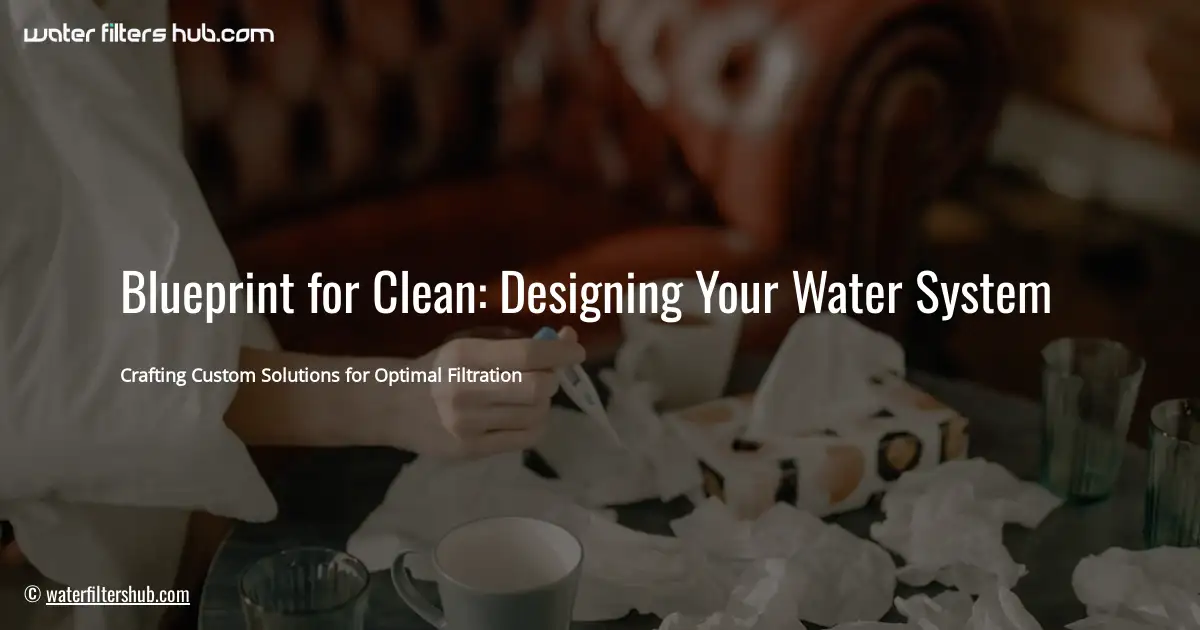
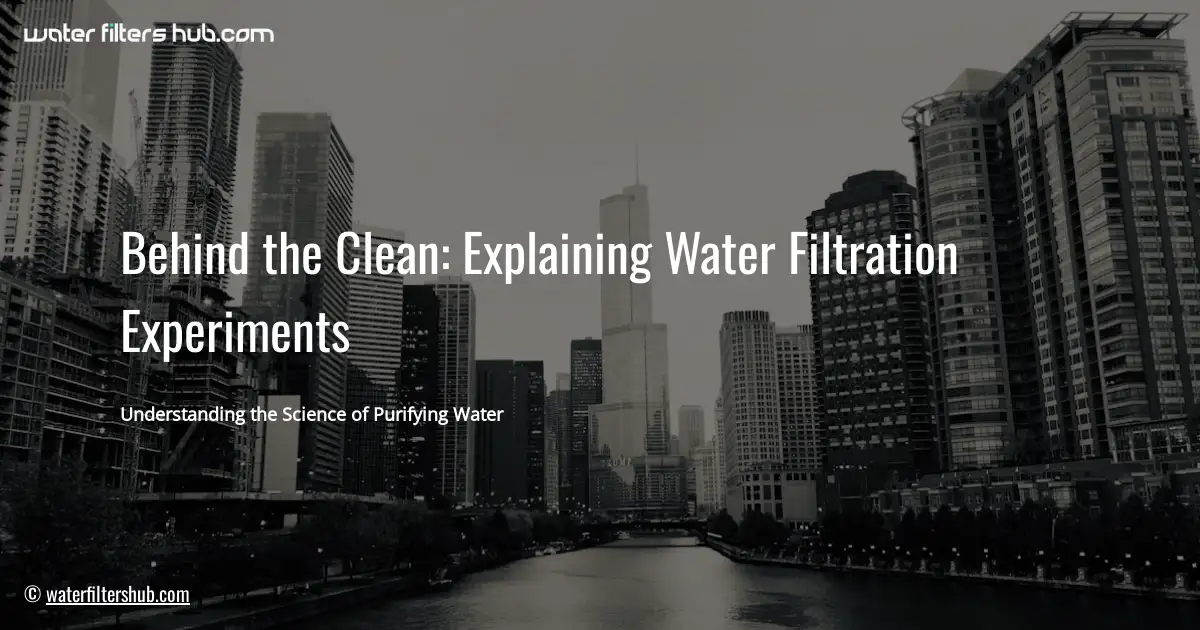
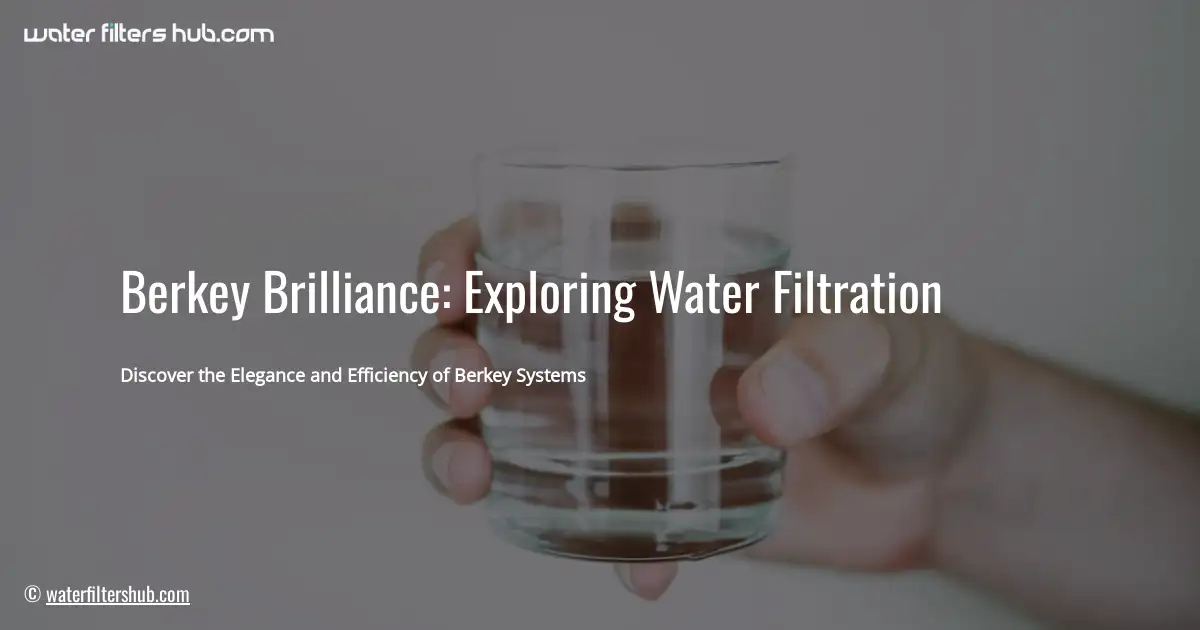
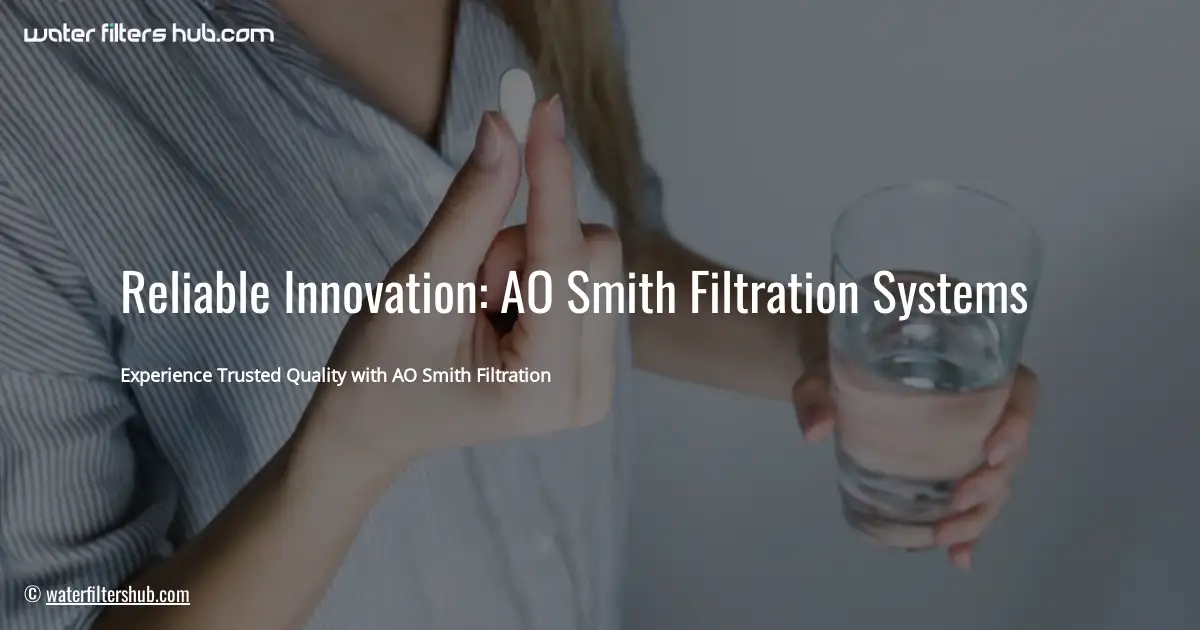
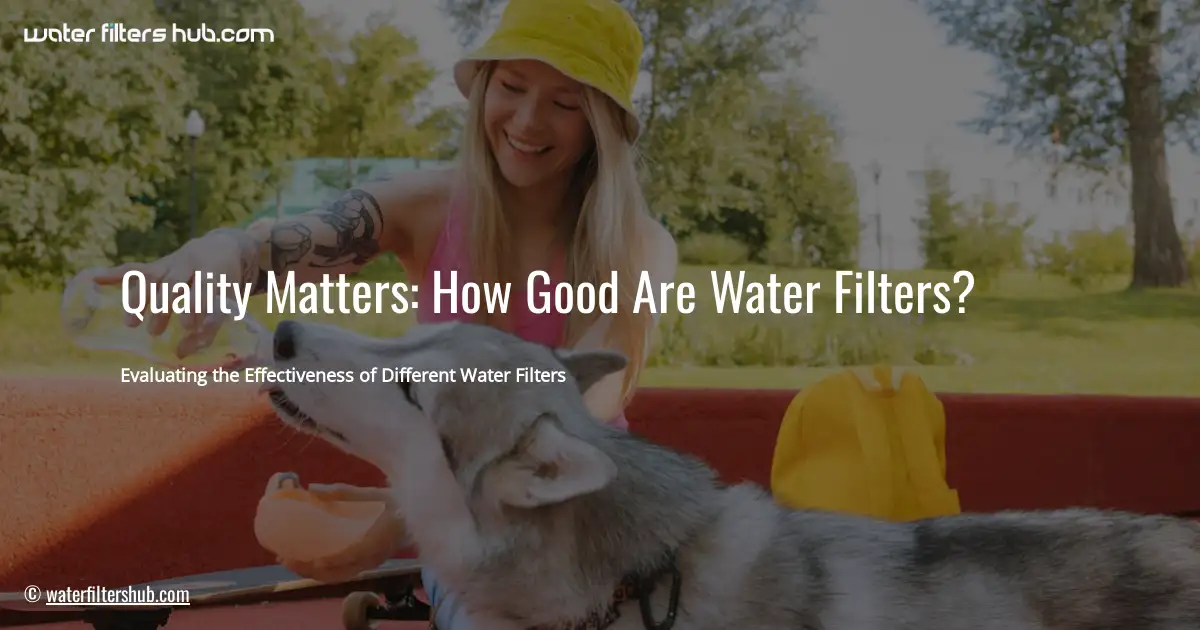
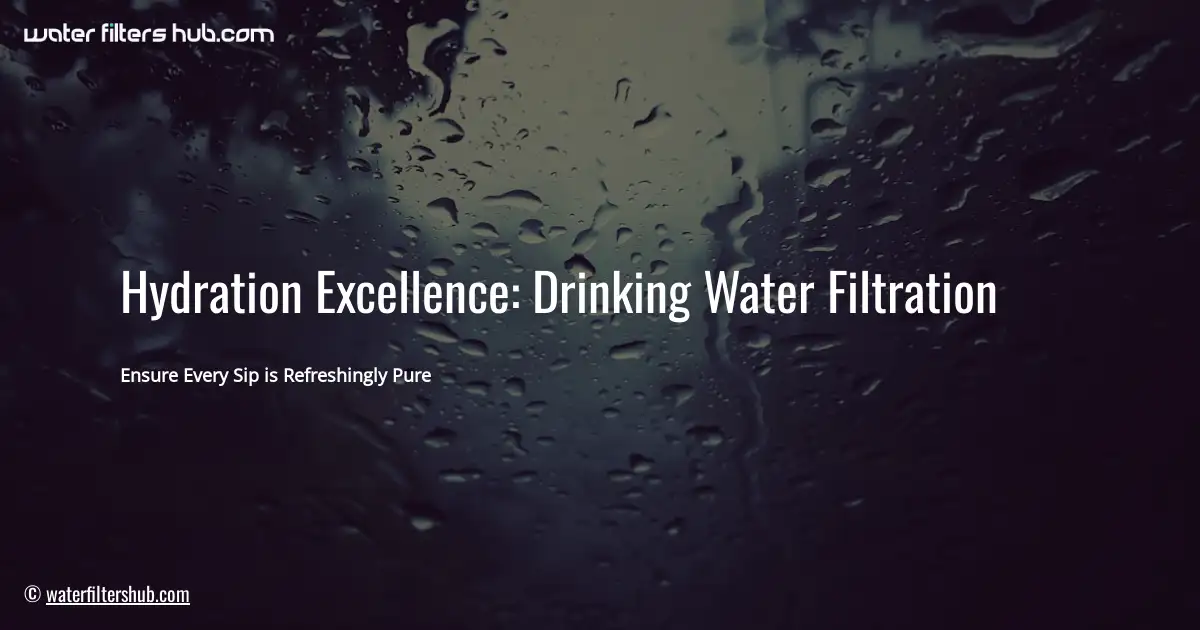
Leave a Reply